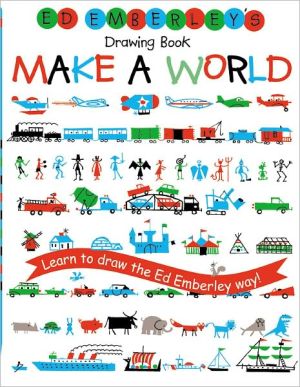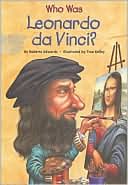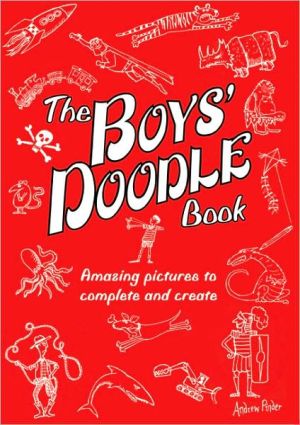Engineering the City: How Infrastructure Works - Projects and Principles for Beginners
How does a city obtain water, gas, and electricity? Where do these services come from? How are they transported? The answer is infrastructure, or the inner, and sometimes invisible, workings of the city. Roads, railroads, bridges, telephone wires, and power lines are visible elements of the infrastructure; sewers, plumbing pipes, wires, tunnels, cables, and sometimes rails are usually buried underground or hidden behind walls. Engineering the City tells the fascinating story of infrastructure...
Search in google:
How does a city obtain water, gas, and electricity? Where do these services come from? How are they transported? The answer is infrastructure, or the inner, and sometimes invisible, workings of the city. Roads, railroads, bridges, telephone wires, and power lines are visible elements of the infrastructure; sewers, plumbing pipes, wires, tunnels, cables, and sometimes rails are usually buried underground or hidden behind walls. Engineering the City tells the fascinating story of infrastructure as it developed through history along with the growth of cities. Experiments, games, and construction diagrams show how these structures are built, how they work, and how they affect the environment of the city and the land outside it.BooklistFuture engineers, math enthusiasts, and students seeking ideas for science projects will all be fascinated by this book.
\ BooklistFuture engineers, math enthusiasts, and students seeking ideas for science projects will all be fascinated by this book.\ \ \ \ \ Chicago Union TeacherThrough a lively text that is loaded with projects, experiments, and construction diagrams, Engineering the City introduces the principles that explain how structures are built, how they work, and how they affect the environment of the city and land outside it.\ \ \ Why did cities spring up along bodies of water, particularly rivers? How does a city get water, gas and electricity to its inhabitants and remove the waste that they generate? These are just a few of the questions explored in this fascinating book. The authors have provided a lucid and interesting account of the infrastructure that supports modern cities. They also delve into the past explaining where cities first located, how cities grew, and what engineering and construction improvements helped create the cities of today. Chapter headings such as "What Happens When I Flush the Toilet?" and "Where Does All the Garbage Go?" will open the eyes of readers and make them appreciate what it takes to keep a city healthy and safe. Sprinkled throughout the text are explanations of the scientific principles and related activities to help kids understand them. For example, there is an activity to determine the speed of flowing water, a requirement to move solid waste. When adult assistance is needed, that is noted, as well as a list of the materials and the steps to carry out the activity. There is a glossary and index. 2000, Chicago Review Press, $14.95. Ages 10 up. Reviewer: Marilyn Courtot\ \








